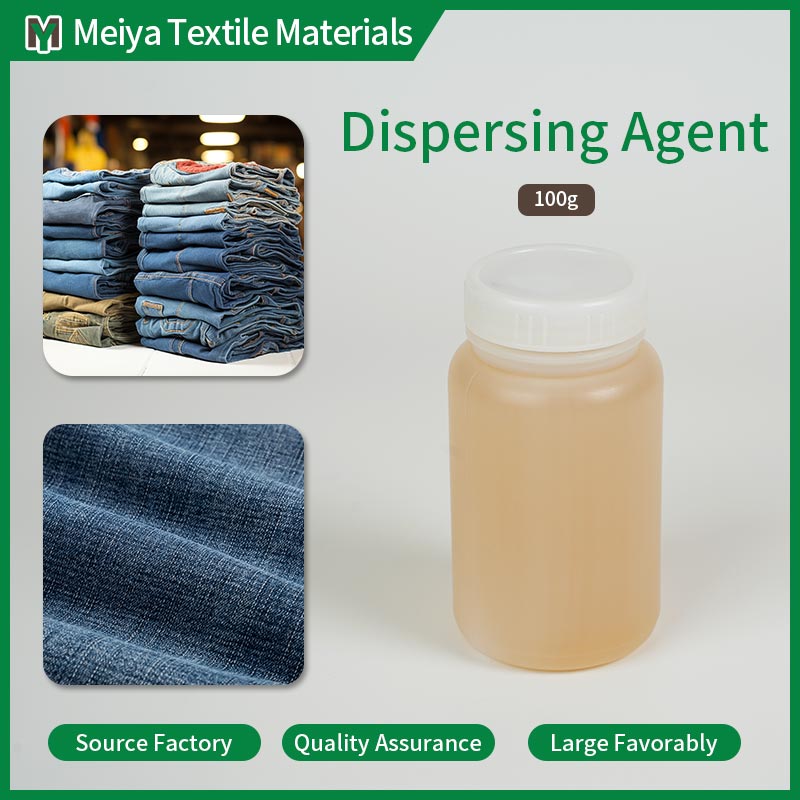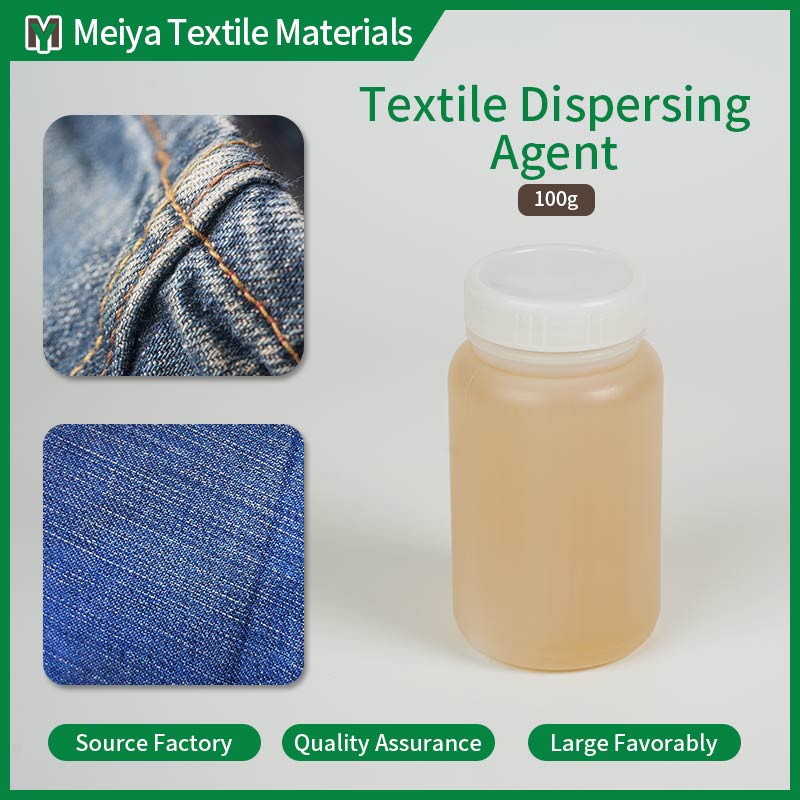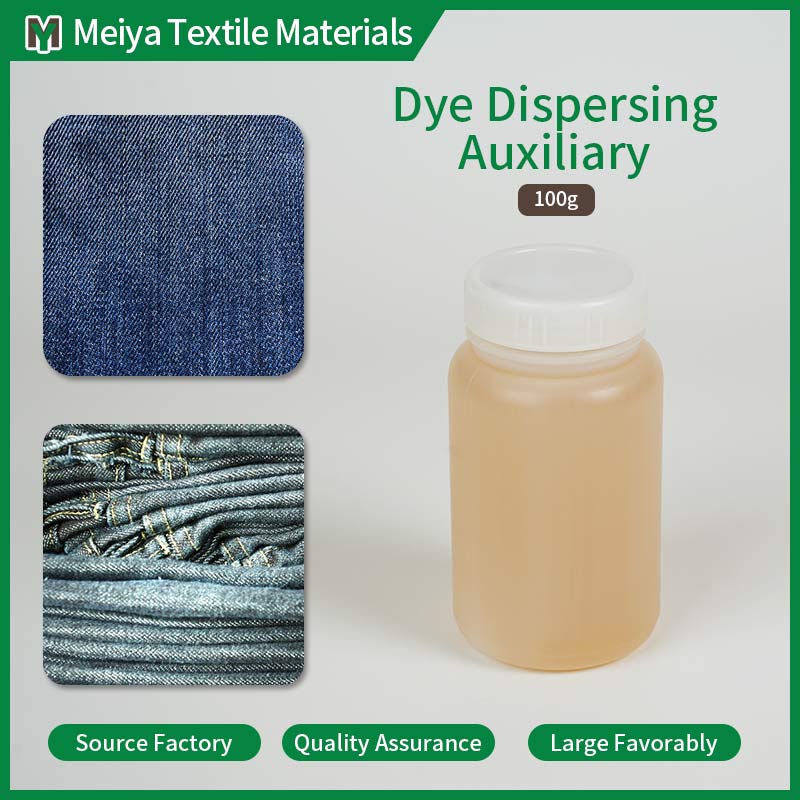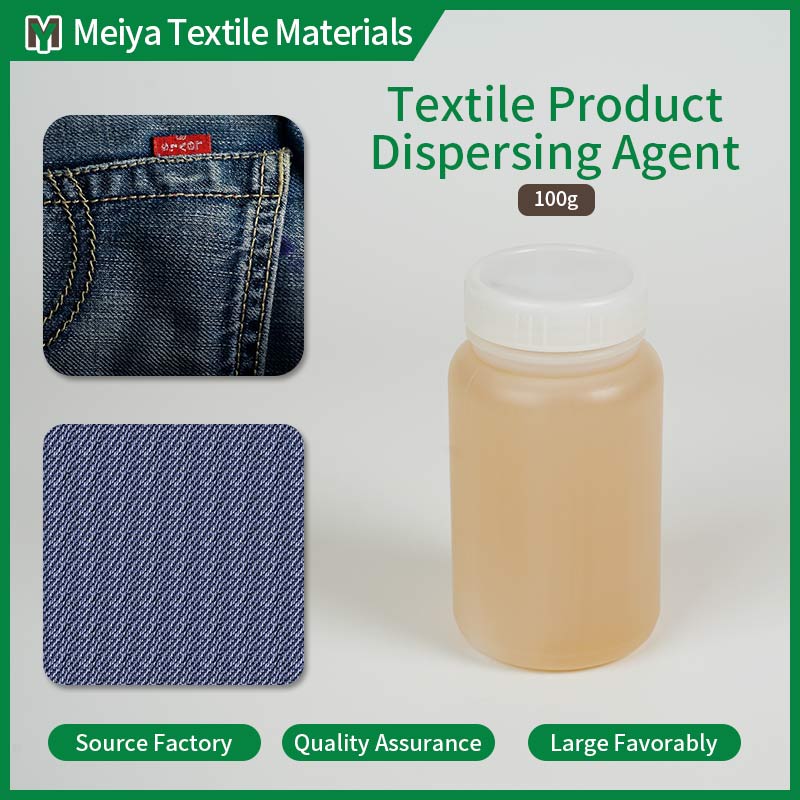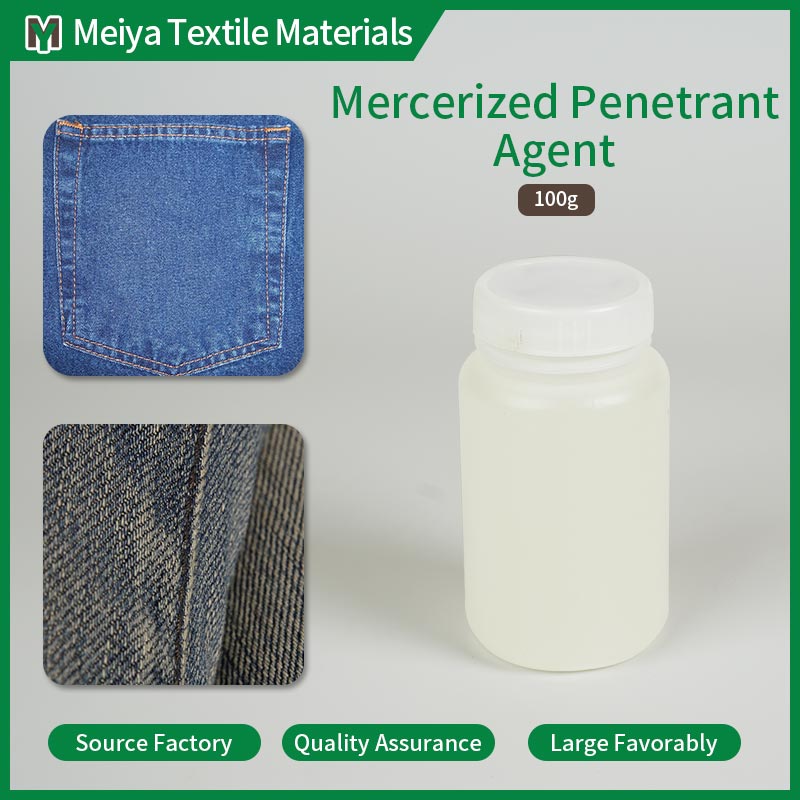Mercerized Penetrant Agent
Please click the button below to contact us.
Introduction:Antistatic agents play a very important function for instance by effectively regulating static electricity, improving comfort and optimizing manufacturing processes across diverse textile applications in the textile industry. They are essential in maintaining fabric quality and user satisfaction as well as being available from China Textile Stain Penetrators Manufacturer.
Product Description
To mitigate static electricity in fabrics, antistatic agent is important in the textile industry. It helps avoid static buildup during production ,enhancing comfort and reducing issues like clinginess on clothes. Particularly for apparel and home textiles, this agent guarantees that the final product meets high quality standards. Antistatic agents play a very important function for instance by effectively regulating static electricity, improving comfort and optimizing manufacturing processes across diverse textile applications in the textile industry. They are essential in maintaining fabric quality and user satisfaction as well as being available from China Textile Stain Penetrators Manufacturer.
Fabric Penetration Enhancers Features:
Fiber Silk Gloss Penetrant, crucial in the textile industry for cotton mercerization, boasts distinct characteristics enhancing the process. Key features include:
1. Optimized Chemical Absorption:
Mercerized Penetrant Agent is crafted to optimize the absorption of caustic soda, ensuring thorough and uniform treatment of cotton fibers during mercerization.
2. Uniform Fiber Treatment:
Ensures uniform penetration of chemicals, leading to consistent mercerization effects across the entire fabric, preventing uneven treatment.
3. Efficient Mercerization Process:
Designed for high efficiency, this agent plays a pivotal role in maximizing the benefits of mercerization, including increased fabric strength, luster, and color receptivity.
4. Enhanced Fabric Strength:
Facilitates better chemical absorption, contributing to the development of stronger cotton fibers and an overall improvement in fabric tensile strength.
5. Glossier Appearance:
Aids in achieving a pronounced and uniform luster in mercerized fabrics, resulting in a luxurious and glossy appearance.
6. Improved Color Receptivity:
Enhances the fabric's ability to absorb and retain colors, leading to improved dye uptake and vibrant color outcomes in the finished textile.
7. Consistent Fabric Aesthetics:
Ensures consistency in fabric aesthetics by promoting even mercerization effects, preventing variations in fabric appearance.
8. Compatibility with Mercerization Processes:
Formulated to be compatible with standard mercerization processes, ensuring easy integration into existing textile manufacturing workflows.
9. Reduced Processing Time:
High-quality Mercerized Penetrant Agents often contribute to reduced processing times, enhancing overall production efficiency in the mercerization stage.
10. Quality Control in Textile Production:
Mercerized Penetrant Agent is a vital component in maintaining quality control during textile production, ensuring mercerized fabrics meet desired standards for strength, sheen, and color vibrancy.
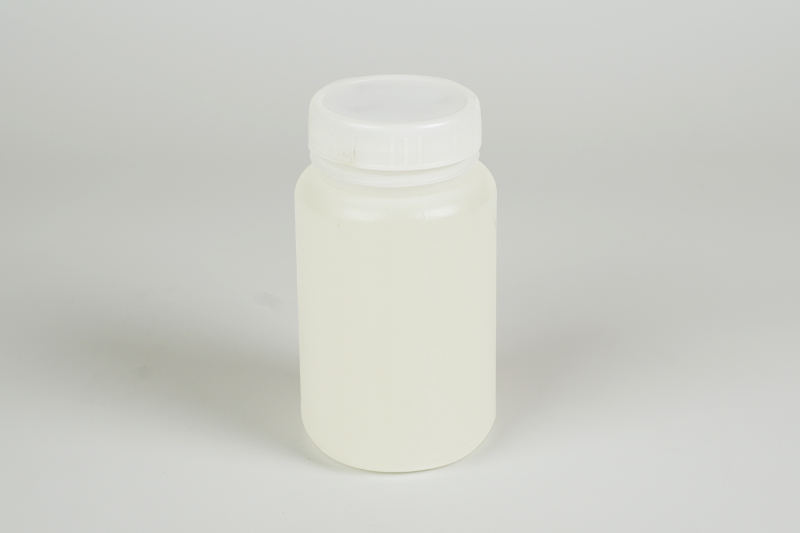
Fabric Penetration Enhancers Application:
1. Cotton Fiber Mercerization:
Mercerized Penetrant Agents are essential in the mercerization of cotton fibers. They play a crucial role in enhancing the absorption of caustic soda, ensuring uniform penetration and treatment of cotton during the mercerization process.
2. Textile Manufacturing Mills:
Textile mills utilize Mercerized Penetrant Agents as part of their processing chemicals to optimize the mercerization efficiency. This contributes to achieving desired fabric properties such as increased strength, luster, and improved color receptivity.
3. Apparel Production:
In the apparel industry, especially for cotton-based clothing, Mercerized Penetrant Agents contribute to the production of fabrics with enhanced tensile strength and a glossy appearance. This improves the overall quality and aesthetics of the garments.
4. Home Textiles:
Manufacturers of home textiles, such as bed linens and towels, apply Mercerized Penetrant Agents to achieve superior fabric properties, ensuring a luxurious feel and improved color vibrancy in the final products.
5. Textile Finishing Processes:
These agents are incorporated into the finishing processes of textiles, contributing to the overall quality control and consistency of mercerized fabrics.
6. Quality Assurance in Mercerized Fabrics:
Mercerized Penetrant Agents are used to maintain quality control standards in the production of mercerized textiles, ensuring that fabrics meet specific criteria for strength, sheen, and color fastness.
7. Dyeing and Printing Processes:
Mercerized fabrics treated with Penetrant Agents exhibit improved color receptivity, making them ideal for dyeing and printing processes. The enhanced absorption of dyes results in vibrant and consistent color outcomes.
8. Luxury Textile Production:
Mercerized Penetrant Agents are commonly employed in the production of luxury textiles where a glossy finish and superior fabric strength are desired characteristics.
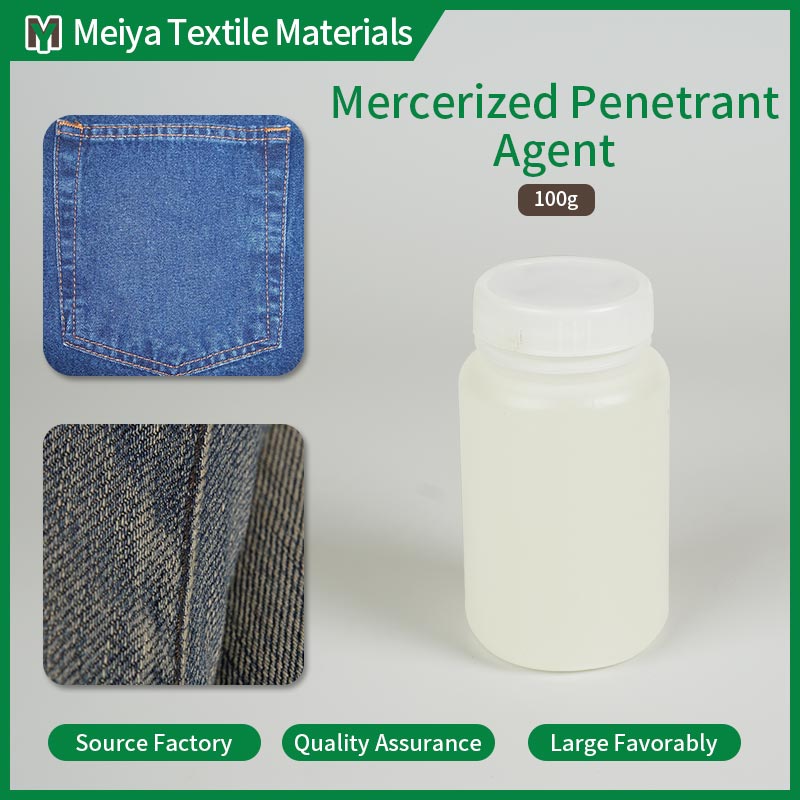
Fabric Penetration Enhancers FAQs:
What is the role of Mercerized Penetrant Agents in cotton mercerization?
Mercerized Penetrant Agents enhance the absorption of caustic soda during cotton mercerization, ensuring uniform penetration for improved fabric properties such as strength and luster.
How does the use of Mercerized Penetrant Agents impact fabric strength?
These agents facilitate better chemical absorption, contributing to the development of stronger cotton fibers, resulting in improved tensile strength in the fabric.
Can Mercerized Penetrant Agents be used in other types of fibers besides cotton?
While specifically designed for cotton mercerization, formulations may vary, and some agents may exhibit compatibility with other natural or synthetic fibers.
Do Mercerized Penetrant Agents affect the color of the fabric during dyeing processes?
Mercerized Penetrant Agents can improve color receptivity, leading to enhanced dye uptake. This often results in more vibrant and consistent color outcomes during dyeing processes.
Are Mercerized Penetrant Agents compatible with standard textile manufacturing processes?
Yes, these agents are formulated to be compatible with standard mercerization processes, ensuring seamless integration into existing textile manufacturing workflows.
What benefits do Mercerized Penetrant Agents provide in home textiles?
In home textiles, these agents contribute to a luxurious feel, improved color vibrancy, and overall quality, making them ideal for products like bed linens and towels.
Can Mercerized Penetrant Agents be used in eco-friendly textile practices?
Some formulations may align with eco-friendly practices, supporting the industry's emphasis on sustainability. Manufacturers may opt for environmentally conscious options.
How does Mercerized Penetrant Agent contribute to glossier fabric appearance?
Mercerized Penetrant Agents aid in achieving a uniform luster in mercerized fabrics, resulting in a glossy appearance, enhancing the aesthetic appeal of the textile.
Are there considerations for Mercerized Penetrant Agents in dyeing and printing applications?
Yes, fabrics treated with these agents exhibit improved color receptivity, making them suitable for dyeing and printing processes with enhanced color absorption.
How do Mercerized Penetrant Agents contribute to quality control in textile production?
These agents are crucial for maintaining quality control standards, ensuring that mercerized fabrics meet specific criteria for strength, sheen, and color fastness in textile production.

